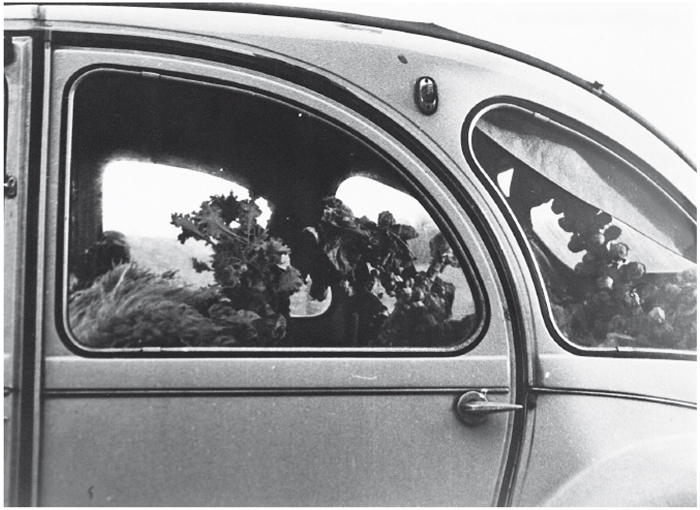Press Release
NTU Centre for Contemporary Art Singapore is privileged to be presenting the first institutional exhibition in Asia of the late Belgian artist Jef Geys, featuring Quadra Medicinale Singapore. Geys’s work radically embraces art as being intertwined with everyday life. His conceptual practice adopts interdisciplinary and collaborative processes of research and knowledge-

Jef Geys, Quadra Medicinale Singapore
NTU Centre of Contemporary Art (Singapore)
01.12.2018 - 03.03.2019

Since the late 1950s, Geys has been producing works focused on the construction of cultural, social, and political engagement starting from the notion of “terroir,” which he defines as “a place where everything is able to take place or, perhaps better, has taken place, something broader than ‘biotope:’ bio, nature, greenery and everything thereabout, everything that floats in the air [. . .]” Questioning mainstream and organised systems of urban planning and information dissemination, Geys casted doubt on the fundaments of language and visual representation, interrogating art’s relation to meaning-
Quadra Medicinale was Geys’s project for the National Pavilion of Belgium at the 2009 Venice Art Biennale. The method Geys employed serves as a universal manual that can be replicated anywhere. Quadra Medicinale Singapore extends the project by adding a Singapore section where local collaborators have been invited to identify and archive street plants from within a quadrant of their neighbourhood.
“For a few years now, I have been busy asking a number of people in the city to draw a square of approximately 1 to 2 kilometres on the map, with their home or workplace at the centre. They have to search for 12 plants within that square that definitely grow on the street (so-
This Asia debut of Geys introduces a conceptual practice that questions the hierarchies and adaptability of nature and society, provoking reflections on both their communicable and imperceptible structures. In 2012, Geys considered Singapore as another site for his artistic exploration and had proposed projects for Gillman Barracks, while the art precinct was still being developed; there was a proposal to produce a “libidinal car-
Jef Geys (1934–2018) graduated from the Antwerp Arts Academy before settling in Balen in the Kempen region, where, for three decades, he taught art at a state school, focusing on experimental education and pedagogy in the arts. From the late 1960s, Geys was the editor and publisher of his personal local newspaper, the Kempens Informatieblad, and subsequently produced them in line with his exhibitions. He is known for his meticulous archive of his work, which in turn becomes generative of other projects. Geys has exhibited worldwide including in Archive Fever: Uses of the Document in Contemporary Art at the International Center of Photography, New York (2008), Documenta11, Kassel (2002), Skulptur Projekte Münster (1997), and 21st Bienal de São Paulo (1991).
The exhibition is made possible by a generous loan from the Jef Geys Estate and Air de Paris.
Quadra Medicinale Singapore is curated by Dirk Snauwaert, Artistic Director at WIELS Contemporary Art Centre, Brussels, in collaboration with Ute Meta Bauer, and Khim Ong, NTU CCA Singapore. Snauwaert was the curator of Jef Geys: Quadra Medicinale in Venice 2009, commissioned by the Flemish Community. Snauwaert was also an NTU CCA Singapore Curator-
After my harvest and plant cycle and during the transformation of Gallery Kontact Antwerp into a greengrocery and bakery, my garden plants began to become really ‘obsessional’ and I had to remove myself; from this obsession. My solution: to drive round for a week with ‘packaged’ cabbages (primarily brussels sprouts) with a ‘family’ of cabbages on the back seat of my Citroën 2CV with the intention of letting them see the ‘hinterland.’”—Jef Geys, in Kempens Informatieblad – Venetië, 2009

© ArtCatalyse International / Marika Prévosto 2018. All Rights Reserved
Jef Geys, Cabbages in car. Courtesy Jef Geys Estate.*
